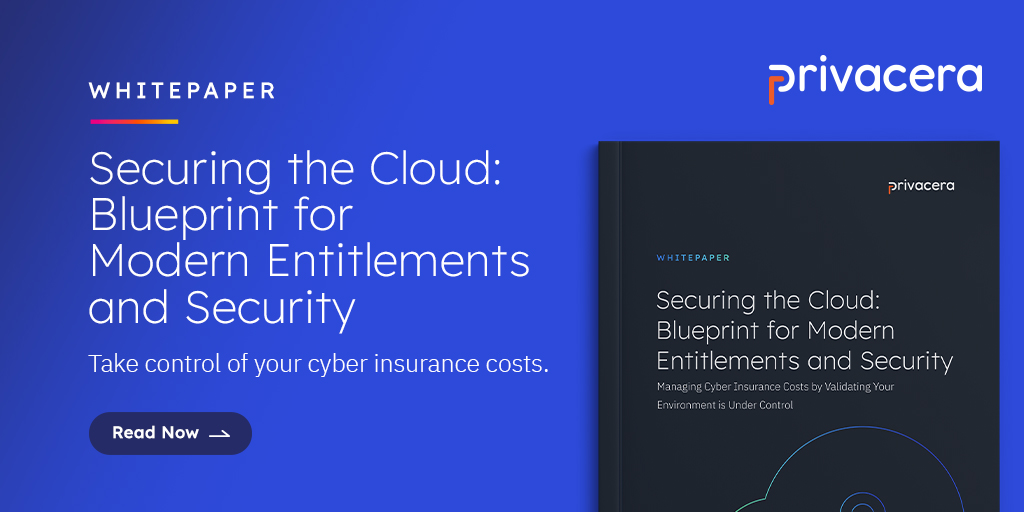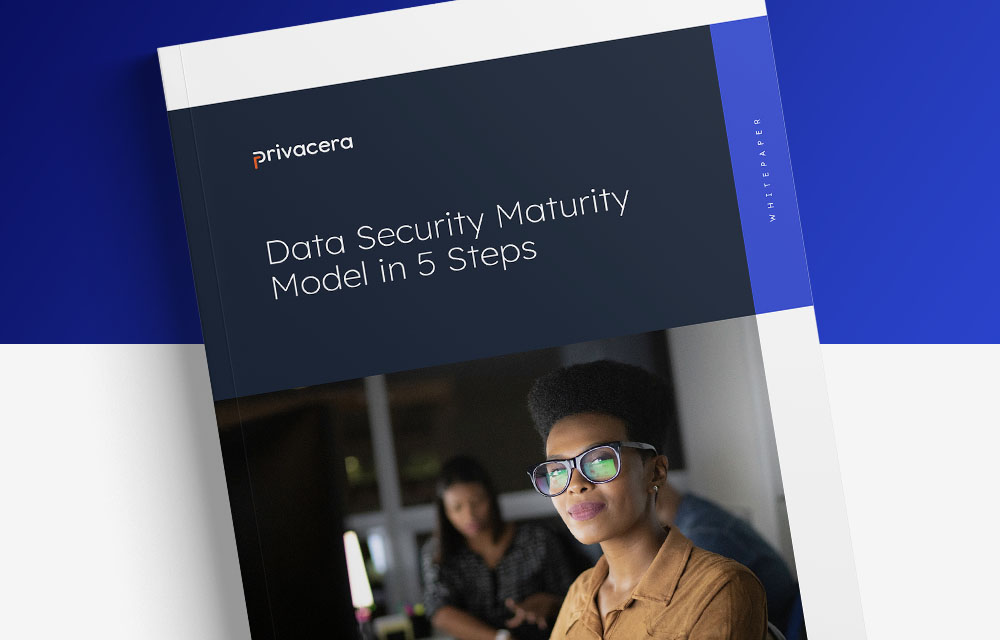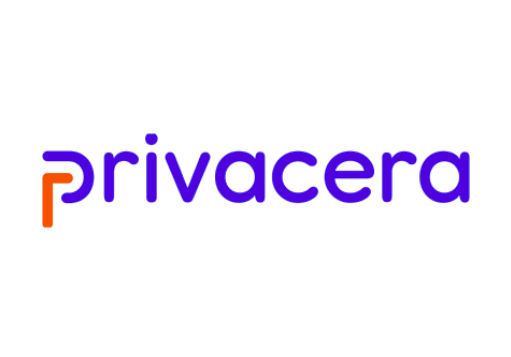As the realm of artificial intelligence (AI) continues to grow, large language models (LLMs) like GPT-4 have found myriad applications ranging from chatbots to content generation and even complex problem solving. However, with great power comes great responsibility. Ensuring the security of these models as they connect to the corporate jewels—customer, supplier, and partner data—extracting value responsibly, and maintaining data security and compliance are paramount. In this article, we’ll delve into best practices for each of these areas.
Securing Large Language Models:
The following represents five of the top areas to first consider when exploring how to secure your LLMs:
- Access Control: Restrict access to the LLMs based on user roles and permissions. Not every user needs access to every function of the model. Implement role-based access control to ensure only authorized users can interact or modify the model.
- Regular Updates: Like other software, LLMs can have vulnerabilities. Regularly update models with patches and improvements from their providers to secure them against known threats.
- Monitoring and Logging: Continuously monitor interactions with the LLMs. If any unusual behavior or unauthorized access is detected, immediate action can be taken. Audit logs also help in retrospection in case of any security breaches.
- Endpoint Security: Ensure that the APIs or endpoints connecting to the LLMs are secure. This includes having secure authentication protocols, rate limiting to prevent abuse, and using secure communication channels like HTTPS.
- Data Redaction: If the LLM is trained on sensitive or proprietary data, redact or anonymize this information before it’s integrated into the model to ensure that the LLM doesn’t inadvertently leak it. There is also the potential of LLMs being hacked, granting hackers unauthorized access to sensitive information. Use real-time controls to enforce data masking, encryption, and removal of sensitive data elements. For example, apply fine-grained, sensitive data encryption and masking based on user attributes, data classification, and tags, or at the table, column, or field level. Such controls protect data even if unauthorized access occurs, whether from internal or external users or even malicious actors.
Responsibly Getting the Most from LLMs:
Leading enterprises know they need to balance the dual mandate of reducing time to data access and accelerating time insights, while maintaining the right data security, privacy, and compliance. LLMs have the possibility to transform how people get data from corporate databases, but it needs to be secure and safe. If your data security governance is too tight, locked down, even those who should have data access are blocked from getting what they need. Or, even if the right people can get the right data, the process is too cumbersome, slow, and inefficient, often resulting from manual data policy access management. If your data security governance is too loose, then the wrong people, inside and outside your organization, could easily get their hands on data they shouldn’t be privy to, leading to severe data leakage as well as privacy and compliance failures.
The following lists five of the top considerations for responsibly optimizing your LLM operations:
- Set Clear Objectives: Before deploying an LLM, have a clear idea of what you intend to achieve with it. This helps in fine-tuning its performance and reduces the risk of unintended consequences.
- Ethical Usage: Ensure that the use of LLMs aligns with ethical standards. This means avoiding applications that spread misinformation, foster biases, or can cause harm to individuals or groups.
- Regular Review: Periodically review the outputs from the LLM. Continual oversight is necessary to ensure that the model is functioning as intended and isn’t producing harmful or biased outputs.
- User Feedback Loop: Engage with end-users and gather feedback. Users often provide valuable insights into potential issues or areas of improvement. This feedback can be instrumental in refining the model’s utility.
- Limit Dependency: While LLMs are powerful, they shouldn’t replace human judgment entirely. Use them as tools to augment human capabilities rather than as definitive decision-makers.
Maintaining Data Security and Compliance with LLMs:
To ensure proper privacy and protection of your enterprise’s most sensitive data, you must comprehensively consider the entire lifecycle from raw to training data all the way to user interactions with LLMs. To better understand and account for the entire lifecycle as it pertains to LLMs, let’s explore the top considerations for maintaining data security and compliance with LLMs.
- GenAI Model Catalog: The ability to catalog, describe, tag, and manage permissions for AI models.
- Privacy and Data Protection: The ability to track handling of personally identifiable information (PII) and ensure compliance against global and regional data privacy regulations. Always encrypt sensitive data, both at rest and in transit. If the LLM interacts with personal or proprietary data, encryption ensures this data remains confidential.
- Auditability: The ability to audit data requests and actions taken in order to provide accountability and transparency. Be transparent about how the LLM uses and processes data. This not only builds trust with users but also ensures you’re upfront about any potential risks or limitations. And regularly audit the LLM’s operations to ensure it remains compliant with regional and industry-specific regulations, such as GDPR or HIPAA. This is particularly crucial if the LLM deals with personal or health-related data.
- Protect Intellectual Property: The ability to prevent GenAI from leaking intellectual property or other sensitive information.
In conclusion, the rapid growth and capabilities of Large Language Models promise a revolution in various sectors, but with these advancements come new challenges. Balancing the power of LLMs with the responsibility of securing them, ensuring ethical use, and maintaining data security and compliance is critical. Adopting a proactive and informed approach to these areas will ensure that we reap the benefits of LLMs while minimizing the associated risks.
Get proactive with Privacera AI Governance (PAIG). Get our whitepaper to learn about the power of PAIG.





